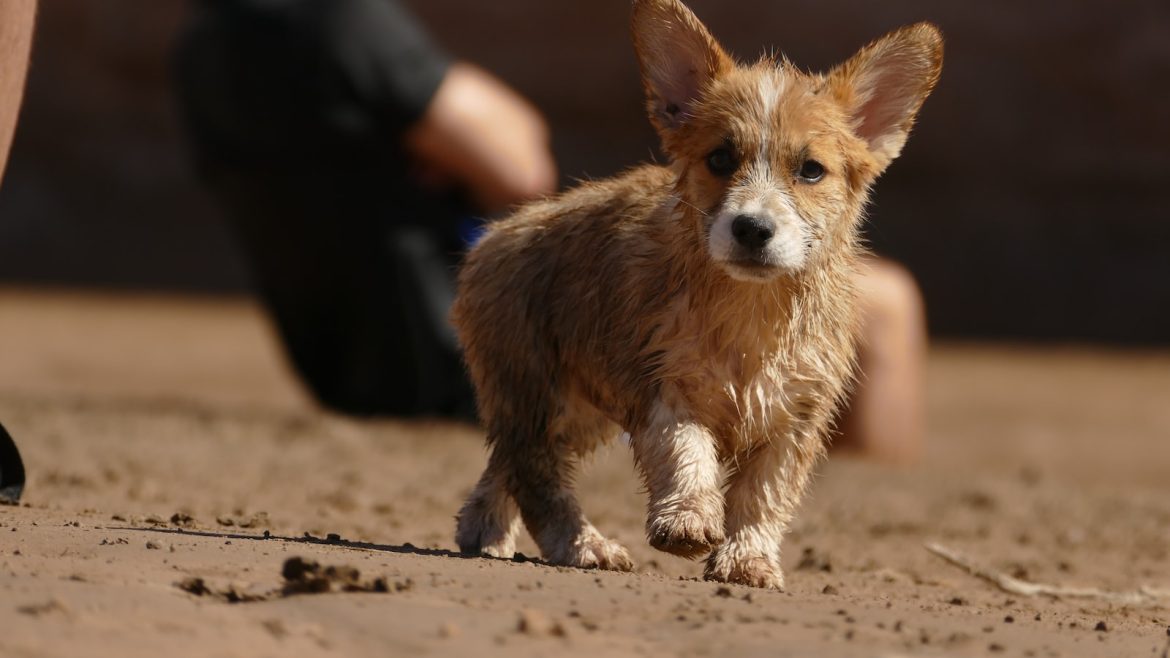As pet owners, we all want to provide the best possible care for our furry friends. From choosing the right food to ensuring they get enough exercise, we strive to keep them healthy and happy. But what happens when we have multiple pets with different dietary needs? How can we ensure harmony in the bowl and keep everyone satisfied? Feeding diverse pets can be a challenge, but with a little creativity and some expert advice, it’s possible to find a solution that works for everyone. In this article, we’ll explore some tips and tricks for feeding a variety of pets, from picky eaters to those with special dietary requirements. So, grab a bowl and let’s get started!
1. Feeding Frenzy: Navigating the Challenges of Multispecies Pet Diets
Feeding multiple pets with different dietary needs can be a daunting task for pet owners. Here are some tips to help navigate the challenges of multispecies pet diets:
- Consult with a veterinarian: Before making any changes to your pets’ diets, it’s important to consult with a veterinarian to ensure that each pet is receiving the proper nutrients for their individual needs.
- Separate feeding areas: If you have pets with different dietary requirements, it’s important to separate their feeding areas to prevent them from eating each other’s food. This can also help with portion control.
- Choose a high-quality pet food: Look for pet foods that are formulated for multiple species and that meet the nutritional needs of each pet. Avoid foods that contain fillers or artificial preservatives.
Remember to monitor your pets’ weight and overall health regularly. If you notice any changes in their behavior or appetite, consult with a veterinarian as soon as possible. With a little planning and preparation, feeding multiple pets can be a manageable and rewarding experience.
2. The Art of Balance: Achieving Harmony in Your Pet’s Bowl
When it comes to feeding your pet, it’s important to strike a balance between nutrition and taste. Achieving harmony in your pet’s bowl means providing them with a well-rounded diet that meets their nutritional needs while also satisfying their taste buds. Here are some tips to help you achieve this balance:
- Vary their protein sources: Dogs and cats need a variety of protein sources to maintain optimal health. Make sure to rotate between different types of meat, such as chicken, beef, and fish, to ensure your pet is getting all the essential amino acids they need.
- Incorporate fruits and vegetables: Fruits and vegetables are a great source of vitamins and minerals for your pet. Try adding some chopped carrots, green beans, or blueberries to their meals for an extra boost of nutrition.
- Choose high-quality ingredients: Look for pet food brands that use high-quality ingredients and avoid fillers like corn and wheat. This will ensure that your pet is getting the most nutrition out of their food.
Remember, achieving balance in your pet’s bowl is an ongoing process. Keep an eye on their weight and overall health, and adjust their diet as needed. With a little bit of effort, you can provide your pet with a delicious and nutritious diet that will keep them healthy and happy for years to come.
3. From Furry to Feathered: Tips for Feeding a Diverse Menagerie
Feeding a diverse menagerie can be quite a challenge, especially when you have pets with different dietary needs. Here are some tips to help you ensure that all your furry and feathered friends are well-fed and happy:
– Research the specific dietary needs of each pet: Different animals have different nutritional requirements. For instance, dogs and cats are carnivores and require a diet rich in animal protein, while birds need a diet that is high in fruits, vegetables, and seeds. Make sure you know what your pets need to eat to stay healthy and happy.
– Offer a variety of foods: Just like humans, pets can get bored with the same food every day. Offer a variety of foods to keep their taste buds interested. For instance, you can offer different types of meat, vegetables, fruits, and grains to your pets. You can also try different brands of pet food to see which one your pets prefer.
– Keep an eye on portion sizes: Overfeeding your pets can lead to obesity and other health problems. Make sure you are feeding your pets the right amount of food for their size and activity level. You can use a measuring cup to ensure that you are giving your pets the right amount of food.
– Offer fresh water: All pets need access to fresh, clean water at all times. Make sure you change your pets’ water bowls daily and clean them regularly to prevent the growth of bacteria.
– Consult with a veterinarian: If you are unsure about what to feed your pets, or if you have any concerns about their health, consult with a veterinarian. They can give you advice on the best diet for your pets and recommend any supplements or vitamins that your pets may need. In conclusion, feeding diverse pets can be a challenging task, but with the right approach, it can be a harmonious experience. By understanding the unique nutritional needs of each pet and providing a balanced diet, pet owners can ensure their furry friends are healthy and happy. Whether it’s a cat, dog, bird, or reptile, every pet deserves the best possible care. So, let’s embrace the diversity of our pets and strive for harmony in the bowl.

